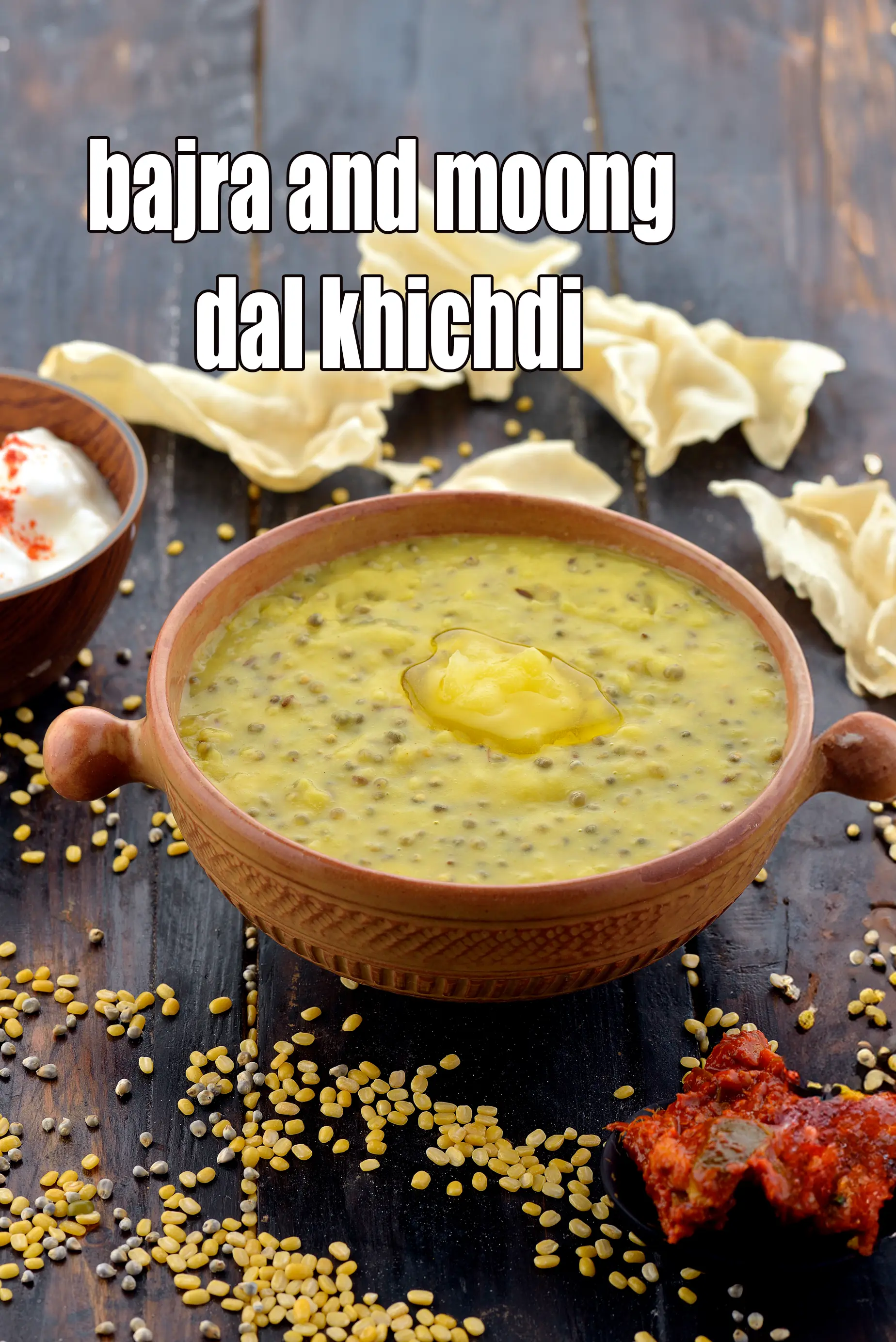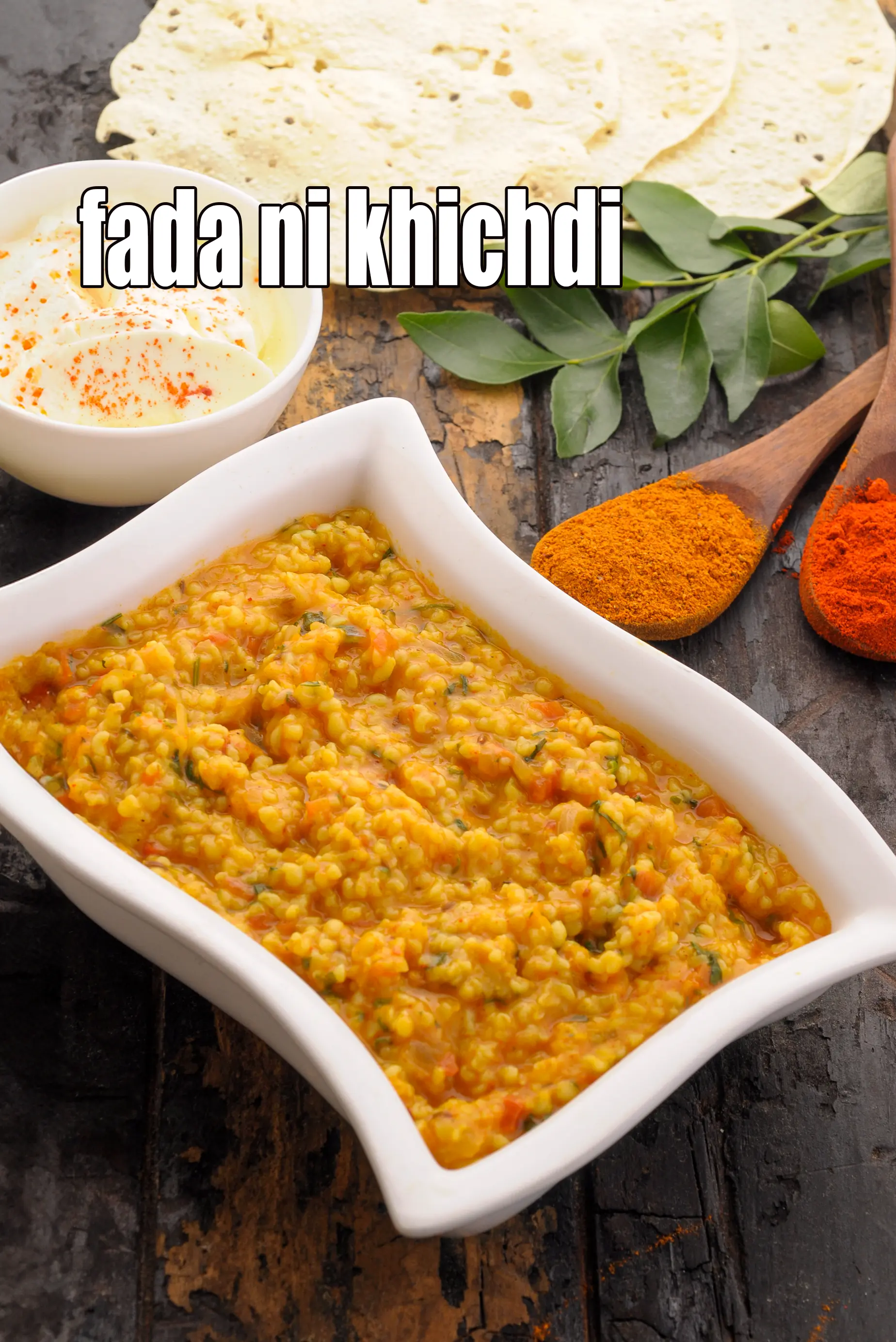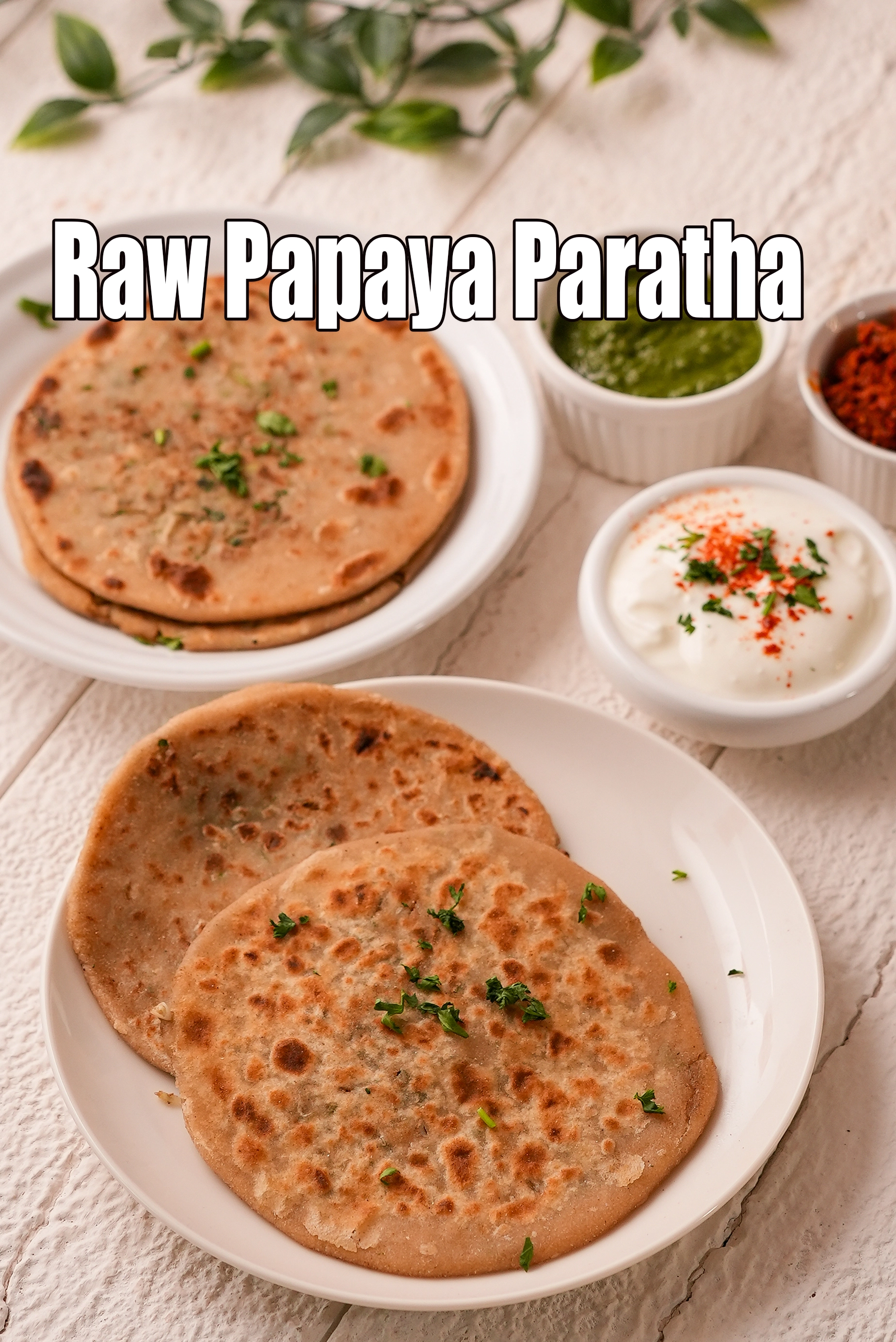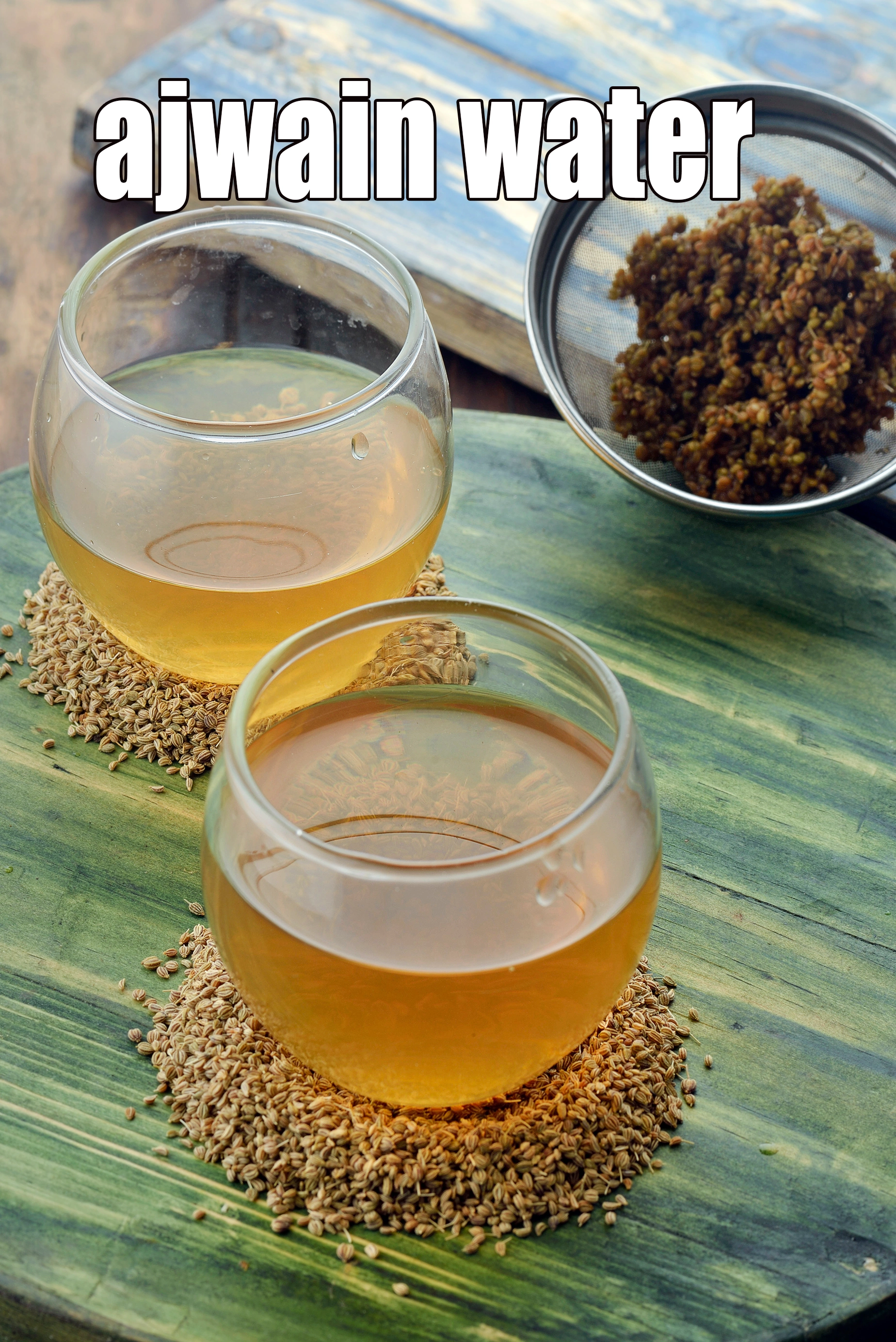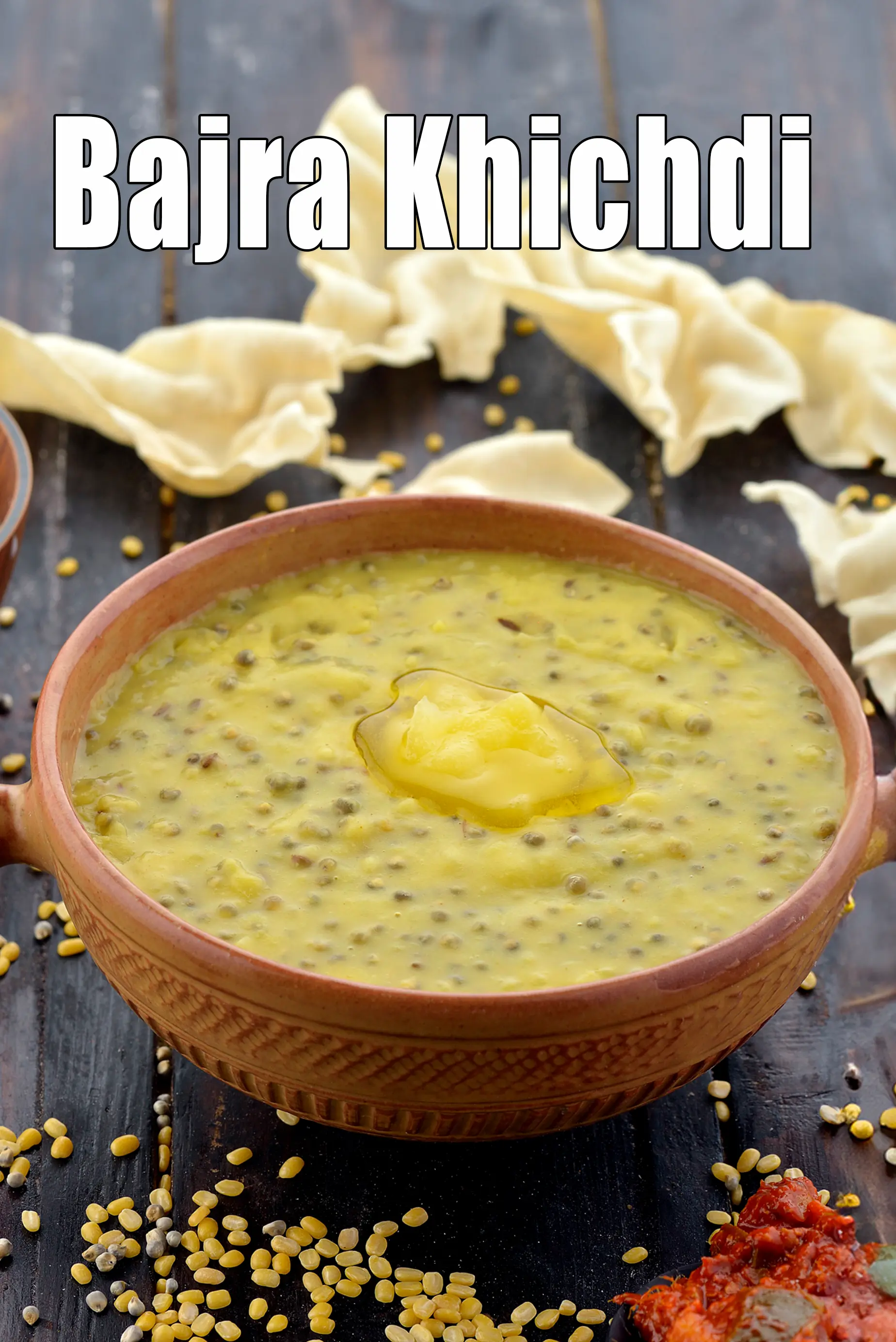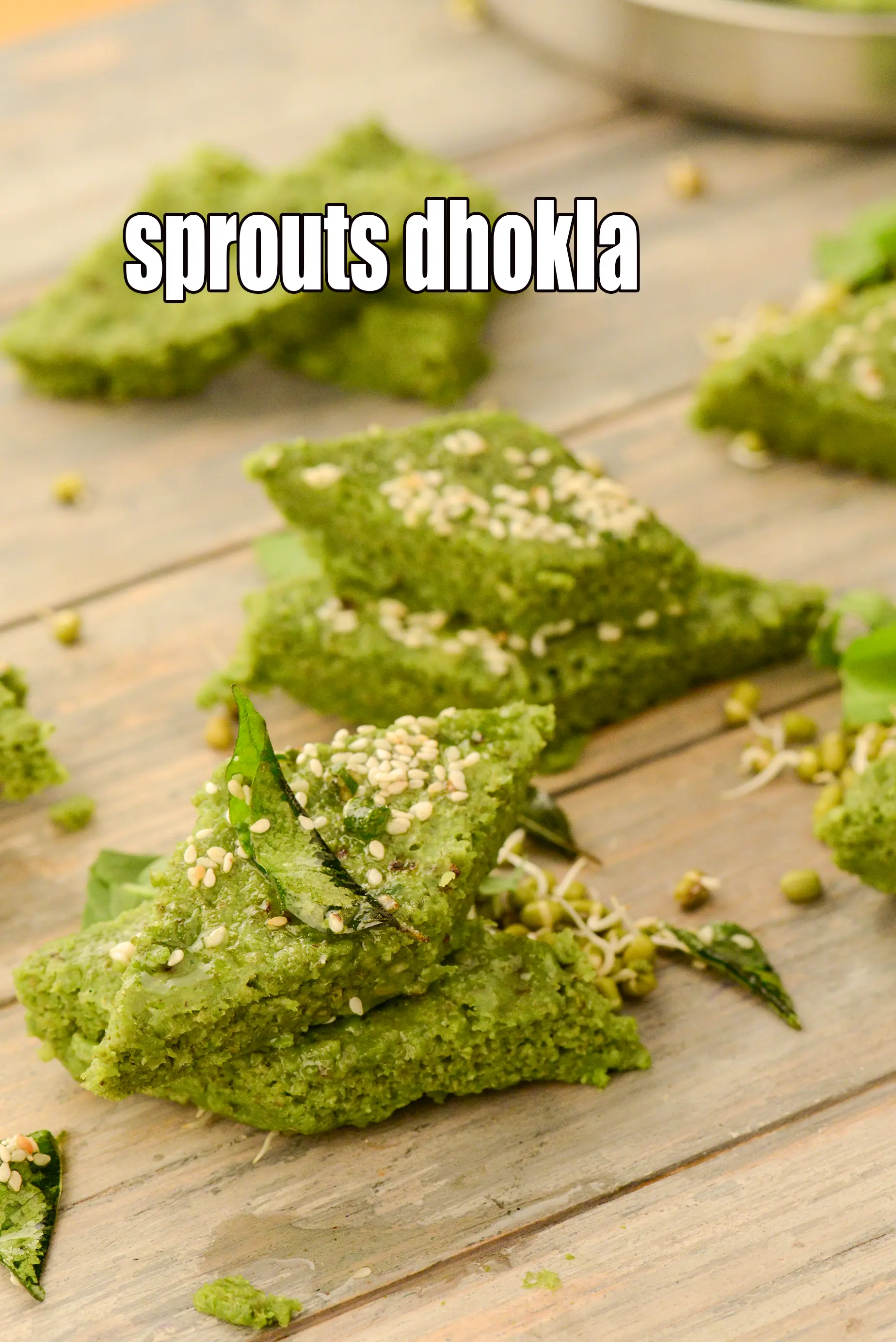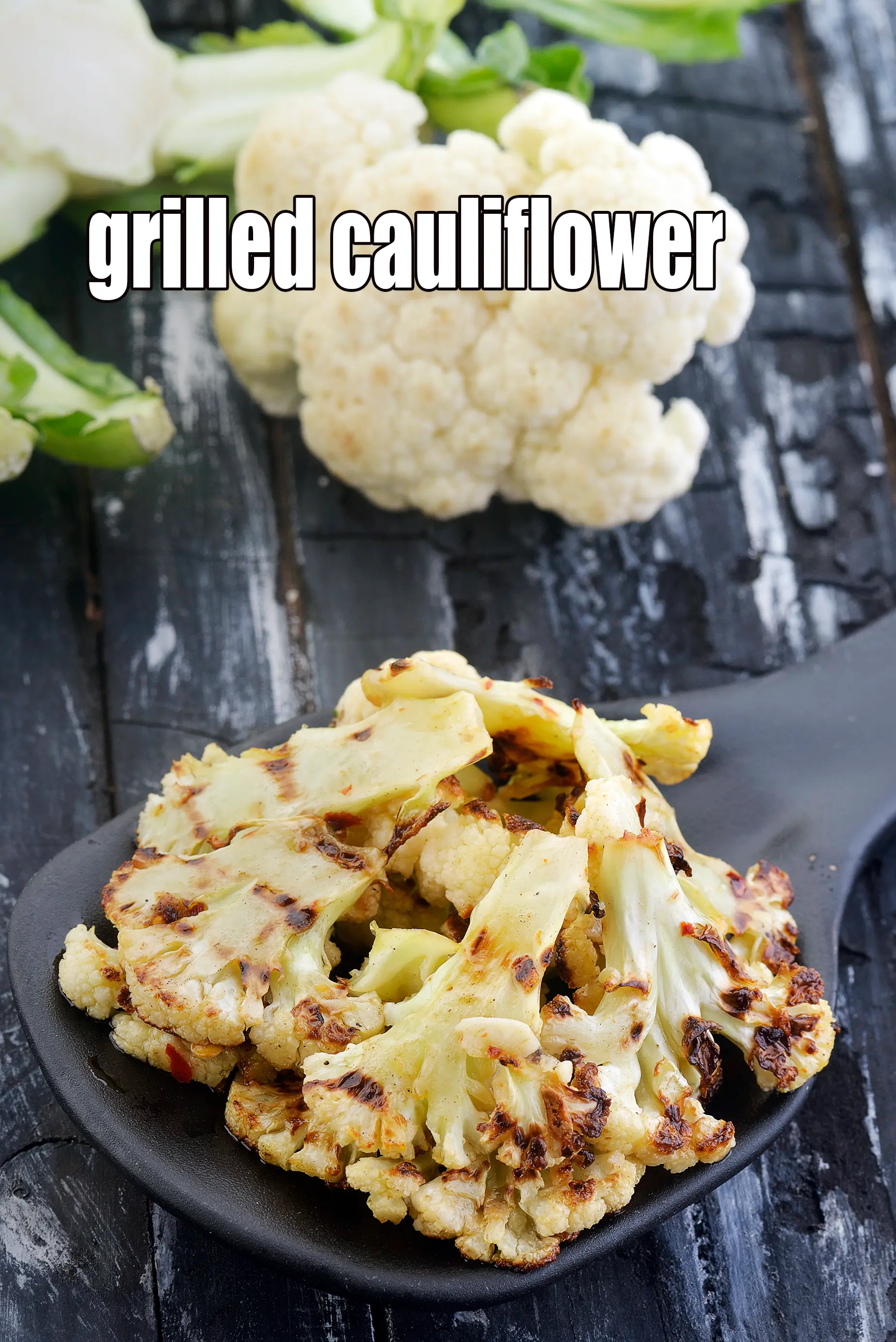Nutritional Facts of Khatta Moong ( Gujarati Recipe), Calories in Khatta Moong ( Gujarati Recipe)
This calorie page has been viewed 14785 times
How many calories does one serving of Khatta Moong have?
One serving of Khatta Moong gives 332 calories. Out of which carbohydrates comprise 149 calories, proteins account for 67 calories and remaining calories come from fat which is 105 calories. One serving of Khatta Moong provides about 17 percent of the total daily calorie requirement of a standard adult diet of 2,000 calories.
Click here to view. Khatta Moong recipes. The use of whole green gram or moong is very common in day-to-day Gujarati fare. Khatta moong is a lovely recipe that features cooked moong simmered with curds and spices. The use of curds bestows a unique, sumptuous feel to this recipe. Garlic-lovers can even add a little garlic paste to add a whole new dimension to this item.
Is Khatta Moong healthy?
Yes, this is healthy. But restrictions apply to some.
Let's understand the Ingredients.
What's good.
1. Mung, Moong, Whole green gram, Mung beans : Mung is rich in Folate, Vitamin B9 or Folic Acid helps your body to produce and maintain new cells, especially red blood cells. Being rich in Antioxidants like Flavonoids, mung reduces the damage done by free radicals to the blood vessels and lowers inflammation. They help in the free flow of blood and good for heart. As Moong is low in fat and high in protein and fibre, eating mung beans will keep you fuller for a longer time and great for weight loss. Lentils and beans are Antioxidants which are known to reduce blood pressure. See detailed benefits of moong.
2. Curd + Low fat Curds : Curds help in digestion as it has very good bacteria. Probiotics in curds acts as a mild laxative but, in case of diarrhoea and dysentery, it is a boon, if curd is used with rice.They help in weight reduction, good for your heart and build immunity. The only difference between curds and low fat curds is the fat level. Read the benefits of curds to include in your daily diet.
3. Turmeric Powder (Haldi) : Turmeric helps in digestion of food thus helping to overcome indigestion. Haldi may help in reducing the growth of fat cells in the body. Turmeric, being rich in iron, is highly valuable in the treatment of anaemia and both the root as well as the powder should be a regular part of an anaemic diet. One of the health benefits of turmeric is it’s anti-inflammatory property due to the active compound, Curcumin, which helps to relieve inflammation of the joints and thus is a ladder to relieve pain related to arthritis. The curcumin in haldi also helps to ward of the bacteria’s causing cold, cough and throat irritation. Turmeric benefits in diabetes management by lowering blood glucose levels. Its antioxidant and anti-inflammatory effects are useful in the treatment of diabetes patients. It is known to be a good brain food and keep diseases like Alzheimer’s at bay. See here for detailed turmeric benefits.
4. Besan : Besan has more good fat than whole wheat flour and also higher protein content. Rich in complex carbohydrates and with a low glycemic index, besan is good for diabetics too. Besan is high in Folate or folic acid, which is important for rapid growth and multiplication of red blood cells and white blood cells (WBC) in the bone marrow. See 10 detailed benefits of besan and why it's good for you.
5. Hing ( Asafoetida) : The active compound 'coumarin' helps in managing blood cholesterol and triglyceride levels. Asafoetida is known to have anti-bacterial properties, which helps to keep asthma at bay. Asafoetida is an age-old remedy for bloating and other stomach problems like flatulence. The best solution is to gulp down little hing with water or dissolve it in water and sip it. It can also be used along with curd or almond oil as a hair mask. It helps to prevent dryness of hair and smoothen as well as strengthen hair.
6. Coriander (kothmir, dhania) : Coriander is a fresh herb often used as a flavour enhancer in Indian cooking. It is mainly used as a garnish. This is the best way to use it - no cooking. This preserves its vitamin C content which helps to build our immunity and bring that sparkle to the skin. The antioxidants vitamin A, vitamin C and the quercetin present in coriander works towards strengthening our immune system. Coriander is a fairly good source of iron and folate – the 2 nutrient which help in the production and maintenance of red blood cells in our blood. Good for reducing cholesterol and good for diabetics. Read 9 benefits of coriander to understand details.
What's the problem?
1. Vegetable Oils : To some vegetable oil is only soyabean oil, while some promote it as a mix of oils like soyabean, canola, sunflower, corn and other omega-6 rich oils. These are often cheaper options than many oils, but they are highly processed oils. They are undoubtedly not to be reached out for, whether you are looking for salad dressings, sautéing or cooking. The 5 best oils used in cooking are olive oil (low temperature short time cooking), avocado oil, canola oil, coconut oil and peanut oil. You must read the super article to find the facts of which oil is the healthiest avoid vegetable oil.
Can diabetics, heart patients and over weight individuals have Khatta Moong?
Yes, this recipe is good for diabetics, heart and weight loss BUT cut the oil used by a bit. Mung is rich in Folate, Vitamin B9 or Folic Acid helps your body to produce and maintain new cells, especially red blood cells. Being rich in Antioxidants like Flavonoids, mung reduces the damage done by free radicals to the blood vessels and lowers inflammation.
Can healthy individuals have Khatta Moong?
Yes. Curds help in digestion as it has very good bacteria. Probiotics in curds acts as a mild laxative but, in case of diarrhoea and dysentery, it is a boon, if curd is used with rice.
8 Pointers to get healthy on a Indian diet
1. Eat healthy and say yes to good home cooked food. Prefer whole grains like oatmeal, quinoa, buckwheat, barley and healthy flours like bajra flour, jowar flour, quinoa flour, wheat flour etc. rather than refined ones like maida. Have healthy Indian fats like ghee, coconut, coconut oil in your diet.
2. Opt out of junk food, packaged food, deep fried foods. Prefer steamed snacks and other non-fried snacks. Check out some Healthy Indian Snacks. Remember to eat small frequent meals through the day as that will keep you always full and prevent your blood sugar from dropping. By starving your body through some diet, will not help you one bit. In fact, dieting will make you binge on 2 to 3 meals which is not good.
3. Have 4 to 5 servings of vegetables and 2 to 3 servings of fruit is a must. Follow the logic of a vegetable in each main meal of the day and a fruit in-between meals. Check out a few Healthy Indian Soups and Healthy Indian Salads recipes using this food group.
4. Cut down on sugar and salt in your diet and pick honey ( very small amounts) or dates to sweeten your food. Slowly cut the sugar habit as this is not going to happen over night. Sugar is also called white poison. It is a simple carbohydrate with zero nutritional value. On intake, sugar will cause inflammation of the body which will last for many hours. It will spike your blood sugar level and shut down the fat burning process. This also causes high blood sugar levels in your body. The development of prediabetes comes from uncontrolled eating sugar and refined food products for many years and the classic symptom is if you have excess belly fat. This leads to diabetes and further onwards to heart attack, high blood pressure, strokes, impotence and kidney damage.
Salt and blood pressure. Apart from stress and obesity, one of the main reasons for high blood pressure is excessive sodium and salt intake. Most people find it difficult to limit the amount of salt in their cooking, thinking it will affect the taste of their favourite dishes.
This is not true. Bajra and jowar are rich in potassium and critical for those with High Blood Pressure as it lessens the impact of sodium. Eating more Potassium Rich Foods will remove more sodium from your body through urine. So include the basic bajra roti and jowar roti in your daily diet to have with Lower Blood Pressure Subzis Recipes.
5. Befriend a few healthy seeds and nuts like chia seeds, flax seeds, sesame seeds, walnuts and almonds.
6. Sprouts are called ‘living food’. They are high is most nutrients and easy to digest as well. Let them feature in your meals at least thrice a week. Also Read : All Benefits about Sprouts.
7. Exercise 45 minutes every day. No excuse. You can walk fast, run, do weights, play your favourite sport or go to the gym. No activity reduces muscle tissue which will lead to muscke loss and all kinds of problems with that.
8. Sleep early and get up early. Get your body into rhythm and it will function best. Sleep helps your body to recover and makes you look much younger. Also getting good sleep prevent muscle loss.
Khatta Moong is high in
1. Protein : Protein is required for the managing the wear and tear of all cells of the body.
2. Fiber : Dietary fiber reduce the risk of heart disease, prevent the spike in blood sugar levels and hence super for diabetics. Consume more fruits, vegetables, moong, oats, matki, whole grains.
3. Vitamin B1 : Vitamin B1 protects nerves, helps in carbohydrate metabolism, prevents heart diseases and helps produce red blood cells.
4. Folic Acid : Folic acid is an essential vitamin required throughout pregnancy.
5. Calcium : Calcium is a mineral that makes bones stay strong. Required from kids to adults.
6. Magnesium : Magnesium is required for formation of bones and teeth. helps in the metabolism of calcium and potassium.
7. Phosphorous : Phosphorous works closely with calcium to build bones.
Note : a recipe is deemed high in a Vitamin or mineral if it meets 20% and above the recommended daily allowance based on a 2,000 calorie diet.
How to burn 332 calories that come from Khatta Moong?
Walking (6 kmph) = 1 hr 40 mins
Running (11 kmph) = 33 mins
Cycling (30 kmph) = 44 mins
Swimming (2 kmph) = 57 mins
Note: These values are approximate and calorie burning differs in each individual.
| Energy | 332 cal |
| Protein | 16.7 g |
| Carbohydrates | 37.3 g |
| Fiber | 10.2 g |
| Fat | 11.7 g |
| Cholesterol | 8 mg |
| Vitamin A | 206.4 mcg |
| Vitamin B1 | 0.3 mg |
| Vitamin B2 | 0.2 mg |
| Vitamin B3 | 1.3 mg |
| Vitamin C | 3.3 mg |
| Folic Acid | 367.7 mcg |
| Calcium | 178.4 mg |
| Iron | 2.8 mg |
| Magnesium | 87.4 mg |
| Phosphorus | 264.9 mg |
| Sodium | 28.3 mg |
| Potassium | 556.7 mg |
| Zinc | 1.8 mg |
-14786.webp)
Click here to view Khatta Moong ( Gujarati Recipe)
Calories in other related recipes
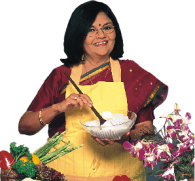
-9994.webp)
